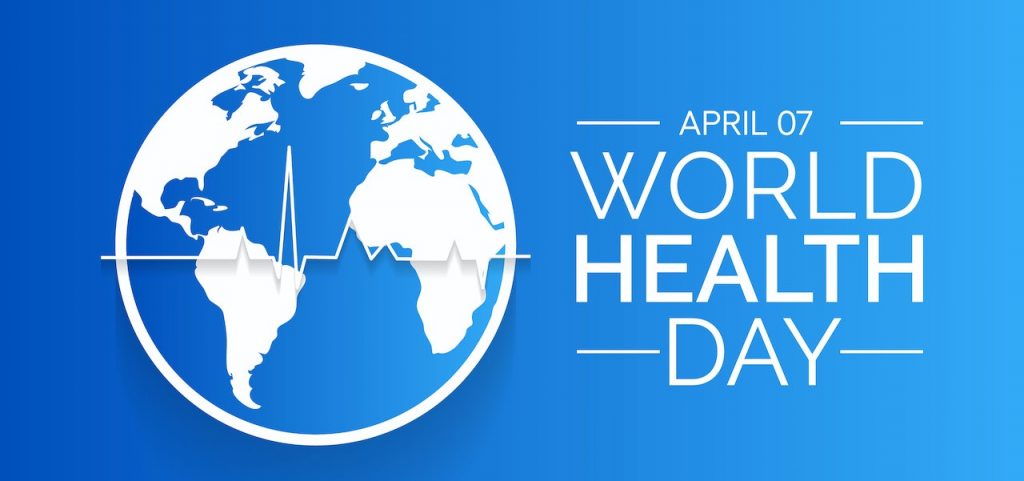
World Health Day, observed annually on April 7th, commemorates the establishment of the World Health Organization (WHO) in 1948. It is a global platform to raise awareness about critical health issues impacting populations worldwide and encourage collaborative efforts to address them.
This year’s theme, ‘My Health, My Right,’ emphasizes the fundamental human rights to quality healthcare, education, clean air and water, healthy food, safe housing, decent working conditions, and freedom from discrimination. However, these rights often face challenges due to conflicts, environmental degradation, inequalities, and health crises, leading to limited access to vital resources and hindering individuals from fully exercising their rights to health and well-being. It is our responsibility to uphold these rights, empower ourselves with knowledge, and take proactive steps toward improving our collective well-being. Here are some actionable steps we can take at our level.
 Quality Healthcare Services:
Quality Healthcare Services:
Quality healthcare services aim to provide safe, timely, fair, and efficient care facilitated by skilled professionals for everyone, regardless of background or identity. However, cost, limited access, and cultural differences hinder necessary care, potentially reducing healthcare competency and trust. Embracing technology, includig telehealth services, can expand medical expertise and outreach. Additionally, active participation and patient feedback through authorized channels can help healthcare providers fine-tune their healthcare delivery methods, enhancing user experience, reliability, and effectiveness across various platforms and services. This collaborative approach, alongside efforts to ensure equitable access and enforce holistic healthcare services, fosters patient engagement and satisfaction, ultimately leading to improved health outcomes and reduced disparities.
 Healthcare Education and Information:
Healthcare Education and Information:
Health education and reliable healthcare information significantly improve individual well-being, community health, and societal resilience. These initiatives involve assessing community needs, providing tailored learning for specific health-related challenges and priorities in a diverse population, and utilizing digital platforms to promote informed health decisions. Various delivery methods, such as lectures, seminars, and webinars, offer access to important healthcare insights and disease prevention knowledge. Trustworthy content is key to ensuring fair healthcare access, combating misinformation, and strengthening disease prevention efforts. Participating in health events and screenings promotes proactive management and informed decision-making, supported by improved health literacy that encourages positive behavior changes and builds trust between patients and healthcare providers. To maximize educational impact, it is crucial to invest in credible information, digital resources, and evidence-based practices.
 Decent Environmental Conditions:
Decent Environmental Conditions:
Environmental conditions like safe drinking water and clean air are vital for human health. Meeting strict quality standards set by organizations like the World Health Organization (WHO) ensures water safety and helps prevent waterborne diseases. Similarly, clean air, free from harmful pollutants, is crucial for respiratory health and well-being. However, challenges like access disparities in underserved communities and pollution threaten these essentials. Key strategies include investing in water infrastructure for universal access and transitioning to clean energy sources like solar and wind power. Individuals can also contribute by following the 3R concept to reduce waste, reuse materials, and recycle resources, thus conserving the environment. Sustainable transportation choices like carpooling, walking, cycling, and rail travel further reduce pollution, benefiting personal health and fostering a more sustainable global environment.
 Good Nutrition:
Good Nutrition:
A healthy diet comprises a balanced intake of nutrients from fruits, vegetables, whole grains, lean proteins, and healthy fats while managing energy intake and limiting added sugars and salt. Economic challenges like poverty and high living costs make maintaining a healthy diet difficult. Poor nutrition can lead to chronic disease risk and mental health issues, highlighting the need to promote healthy eating for improved public health and reduced healthcare costs. Strategies such as government food assistance, nutrition education, and public awareness campaigns are essential in addressing these challenges and combating systemic inequities, ensuring everyone can access nutritious foods. Additionally, individuals can support healthy eating by donating to food banks and promoting home vegetable gardening. Growing your veggies ensures fresh, nutrient-rich food, promotes an active lifestyle, supports the environment by avoiding pesticides, and helps reduce food bills, especially for organic produce, providing more options for growing various vegetables and fruits in your garden.
 Decent Working Conditions:
Decent Working Conditions:
Occupational Health and Safety (OHS) is crucial for protecting workers and public health while enhancing productivity and well-being. It addresses various hazards, such as the safe handling of hazardous materials, promotes hygiene protocols for disease prevention, designs safer workplaces with ergonomic considerations, prevents workplace violence, and monitors environmental factors that can impact health. OHS compliance is legally essential and positively influences financial sustainability and employee morale. It emphasizes hazard identification, safety training, emergency readiness, and adherence to regulations like the Occupational Safety and Health Act (OSHA). Additionally, OHS encourages open communication and empowers workers to report safety concerns without fear of retaliation. Through prompt reporting, regular feedback, and active involvement of workers in finding solutions, OHS improves workplace safety and enhances productivity.
 Quality Housing:
Quality Housing:
Quality housing ensures people’s health and well-being, encompassing safe and spacious buildings with adequate ventilation, clean water, and essential plumbing, heating, and sanitation facilities. However, challenges like substandard construction can result in unsafe living conditions. At the same time, high costs may make housing unaffordable for low-income individuals, and environmental hazards can pose health risks to residents. These challenges contribute to issues such as injuries, respiratory problems, and mental health concerns due to poor living conditions. Recognizing housing as a fundamental right underscores the necessity for collaborative efforts to enhance standards, affordability, infrastructure, and sustainability, integrating health considerations into housing planning. Public action involves community engagement, reporting problems, monitoring conditions, and advocating for policies prioritizing safety and well-being, especially for vulnerable residents. These collective efforts aim to create healthier living environments for everyone.
Stakeholders’ Collaborative Efforts:
Collaboration among policymakers, healthcare providers, communities, governments, non-governmental organizations (NGOs), and educational institutions is vital for promoting global health and human rights. Together, they strive to ensure equitable access to healthcare, education, clean environments, nutrition, housing, and decent working conditions. This collaboration involves planning, resource allocation, policy development, and advocacy to address complex health challenges and uphold human rights. By fostering partnerships and leveraging expertise, stakeholders can contribute significantly to achieving sustainable progress and positive health outcomes on both national and global scales.
In conclusion, World Health Day emphasizes the importance of promoting global well-being by ensuring basic human rights to quality healthcare, education, clean air and water, healthy food, safe housing, fair working conditions, and freedom from discrimination. Achieving these goals necessitates collaboration, strong regulations, public awareness, and inclusive policies for equitable access and improved health opportunities. Simple actions like closing the faucet tight to conserve water, using reusable green bags to reduce plastic waste, composting organic waste, and having balanced, healthy meals rich in fruits and vegetables can greatly contribute to a healthier world. Let’s prioritize these areas to build healthier communities and create a better future for all. Start your journey for better health with BookDoc here.
Yamie, Dietetics Intern
References:
- Quality health services. World Health Organization (WHO); 2020. Available from: https://www.who.int/news-room/fact-sheets/detail/quality-health-services
- Dawkins B, Renwick C, Ensor T, Shinkins B, Jaybe D, Meads D. What factors impact patients’ ability to access healthcare? An overview of systematic reviews. Trop Med Int Health. 2021;26:1177–88. Available from: https://onlinelibrary.wiley.com/doi/full/10.1111/tmi.13651
- How to improve access health care: issues & potential solutions. University of Southern California (USC); 2023. Available from: https://healthadministrationdegree.usc.edu/blog/how-to-improve-access-to-health-care
- Togioka BM, Duvivier D, Young E. Diversity and discrimination in healthcare. StatPearls; 2024. Available from: https://www.ncbi.nlm.nih.gov/books/NBK568721/
- Health equity. World Health Organization (WHO). Available from: https://www.who.int/health-topics/health-equity#tab=tab_3
- Gagnon D. The importance of health education. Southern New Hampshire University; 2024. Available from: https://www.snhu.edu/about-us/newsroom/health/importance-of-health-education
- Importance of health education. Athar Institute of Health & Management Studies (AIHMS). Available from: https://aihms.in/blog/importance-of-health-education/
- Knowing the importance of health education in our lives. National Nutrition Council; 2020. Available from: https://www.nnc.gov.ph/regional-offices/mindanao/region-ix-zamboanga-peninsula/4181-knowing-the-importance-of-health-education-in-our-lives
- Finding reliable health information. Better Health Channel. Available from: https://www.betterhealth.vic.gov.au/health/servicesandsupport/finding-reliable-health-information
- Evaluating health information. MedlinePlus; 2024. Available from: https://medlineplus.gov/evaluatinghealthinformation.html
- Ferreira Caceres MM, Sosa JP, Lawrence JA, Sestacovschi C, Tidd-Johnson A, Rasool MHU, et al. The impact of misinformation on the COVID-19 pandemic. AIMS Public Health. 2022;9(2):262-77. Available from: https://www.ncbi.nlm.nih.gov/pmc/articles/PMC9114791/
- Environmental conditions. Healthy People 2030. Available from: https://health.gov/healthypeople/priority-areas/social-determinants-health/literature-summaries/environmental-conditions
- Drinking water. World Health Organization (WHO); 2023. Available from: https://www.who.int/news-room/fact-sheets/detail/drinking-water
- Dinka MO. Safe drinking water: concepts, benefits, principles and standards。 Water challenges of an urbanizing world. InTech; 2018. Available from: http://dx.doi.org/10.5772/intechopen.71352
- Onyebuchi Okafor C, Ibiam Ude U, Ngozi Okoh F, Osose Eromonsele B. Safe drinking water: the need and challenges in developing countries. Water quality – new perspectives. IntechOpen; 2024. Available from: http://dx.doi.org/10.5772/intechopen.108497
- Air pollution. World Health Organization (WHO). Available from: https://www.who.int/health-topics/air-pollution#tab=tab_3
- Ambient (outdoor) air pollution. World Health Organization (WHO); 2022. Available from: https://www.who.int/news-room/fact-sheets/detail/ambient-(outdoor)-air-quality-and-health#:~:text=Key%20facts,acute%20respiratory%20diseases%2C%20including%20asthma
- Martins K. What is food insecurity? WebMD; 2022. Available from: https://www.webmd.com/diet/food-insecurity
- Metych M. “global food security”, Encyclopedia Britannica; 2023. Available from: https://www.britannica.com/topic/global-food-security
- Healthy diet. World Health Organization (WHO); 2020. Available from: https://www.who.int/news-room/fact-sheets/detail/healthy-diet
- Correll R. What is occupational health and safety? Verywell Health; 2023. Available from: https://www.verywellhealth.com/what-is-occupational-health-and-safety-4159865
- What is occupational health and safety? British Safety Council. Available from: https://www.britsafe.org/training-and-learning/informational-resources/what-is-occupational-health-and-safety
- Occupational health and safety. International Organisation of employers. Available from: https://www.ioe-emp.org/policy-priorities/occupational-safety-and-health
- Brown LM. How can housing influence health. Medical News Today; 2021. Available from: https://www.medicalnewstoday.com/articles/housing-and-health#summary
- WHO housing and health guidelines. World Health Organization; 2018. Available from: https://www.who.int/publications/i/item/9789241550376
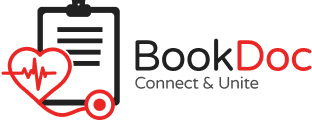


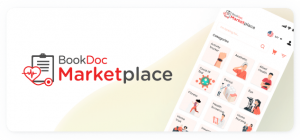


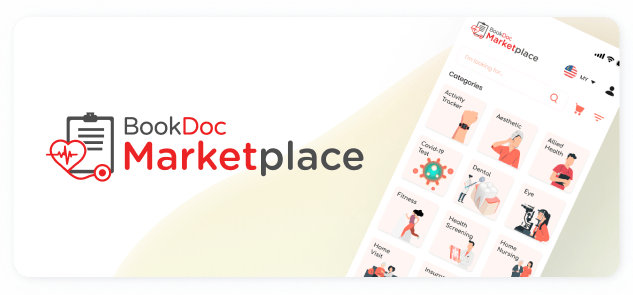

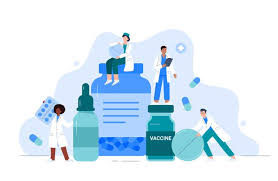
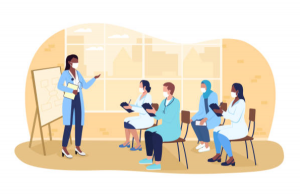
 Decent Environmental Conditions:
Decent Environmental Conditions: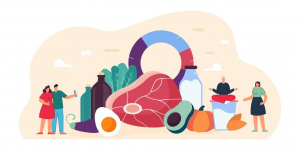 Good Nutrition:
Good Nutrition: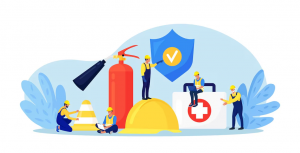 Decent Working Conditions:
Decent Working Conditions: Quality Housing:
Quality Housing:




